In the Philippines, there are only 33,000 licensed physical therapists out of almost 105 million population.
To address this shortage, experts from the De La Salle University Institute of Biomedical Engineering and Health Technologies (DLSU-IBEHT) developed two technologies that can assist physical therapists in doing rehabilitation treatments. These are the Agapay Project, catered to the upper extremities, and the Tayô Project for the lower extremities.
The two projects are supported by the DOST-Philippine Council for Health Research and Development (DOST-PCHRD).
Agapay Project
Agapay is an artificial intelligence-assisted therapy innovation that aids the upper limbs (shoulder, elbow, wrist) of patients so they can regain their motor control. The SEMG or surface electromyography enables it to detect muscle contraction.
It is designed as a wearable robot that acts as an external skeleton which can assist the motor movements of the patients. This new technology is user-friendly, and adjustable to the patients’ specifications.
This therapy device also uses biofeedback mechanism system that trains patients to recover on their own by controlling bodily processes that usually happens involuntarily such as heart rate, blood pressure, and muscle tension.
The primary target patients of this technology are stroke patients.
Currently, there are already three working prototypes of Agapay. This new development in physical therapy technology also includes games that stimulate real life. This is to reduce the patients’ fear and anxiety during the rehabilitation process.
Tayô Project
On the other hand, the Tayô project is intended for the lower extremities of the body. It is a multifunctional device that acts as a 3D-printed external skeleton for lower limb and early trunk rehabilitation. It is a wearable machine that assists physical therapists to minimize lifting, mobilizing, and transferring patients.
Similar to Agapay, the equipment aims to restore the motion, strength, and ability of patients to stand through performing exercises and various gamification software. The device requires electricity but consumes minimal power only.
The Tayô project is now at the clinical testing stage, and is set to be completed by May 2020.
Julius Banayo, one of the research associates under the Tayô project, said that these innovations are meant to help physical therapists, not replace them. “It’s made to assist them and enable them to handle more patients at a time,” he explained.
Further, the lack of manpower and lack of equipment in Philippine hospitals served as the main inspiration in developing these technologies.
By showcasing the Tayô and Agapay projects in events like the National Science and Technology Week, Banayo hopes that their innovation could gain more awareness. “This is why we want to bring the innovation here in the NSTW, so we can attract entrepreneurs and businessmen to adopt our technology”, Banayo shared.
Once the technologies are adopted by companies, it would be easier for these equipment to be commercialized and distributed to hospitals across the country. Such will make it the first pure Filipino made physical therapy equipment.
The Tayô and Agapay projects exhibit by the DLSU-IBEHT can be found in Cluster 2: Aging Society, Health and Medical Care at the 2019 National Science and Technology Week which runs 17-21 July at the World Trade Center in Gil Puyat Avenue, Pasay City.
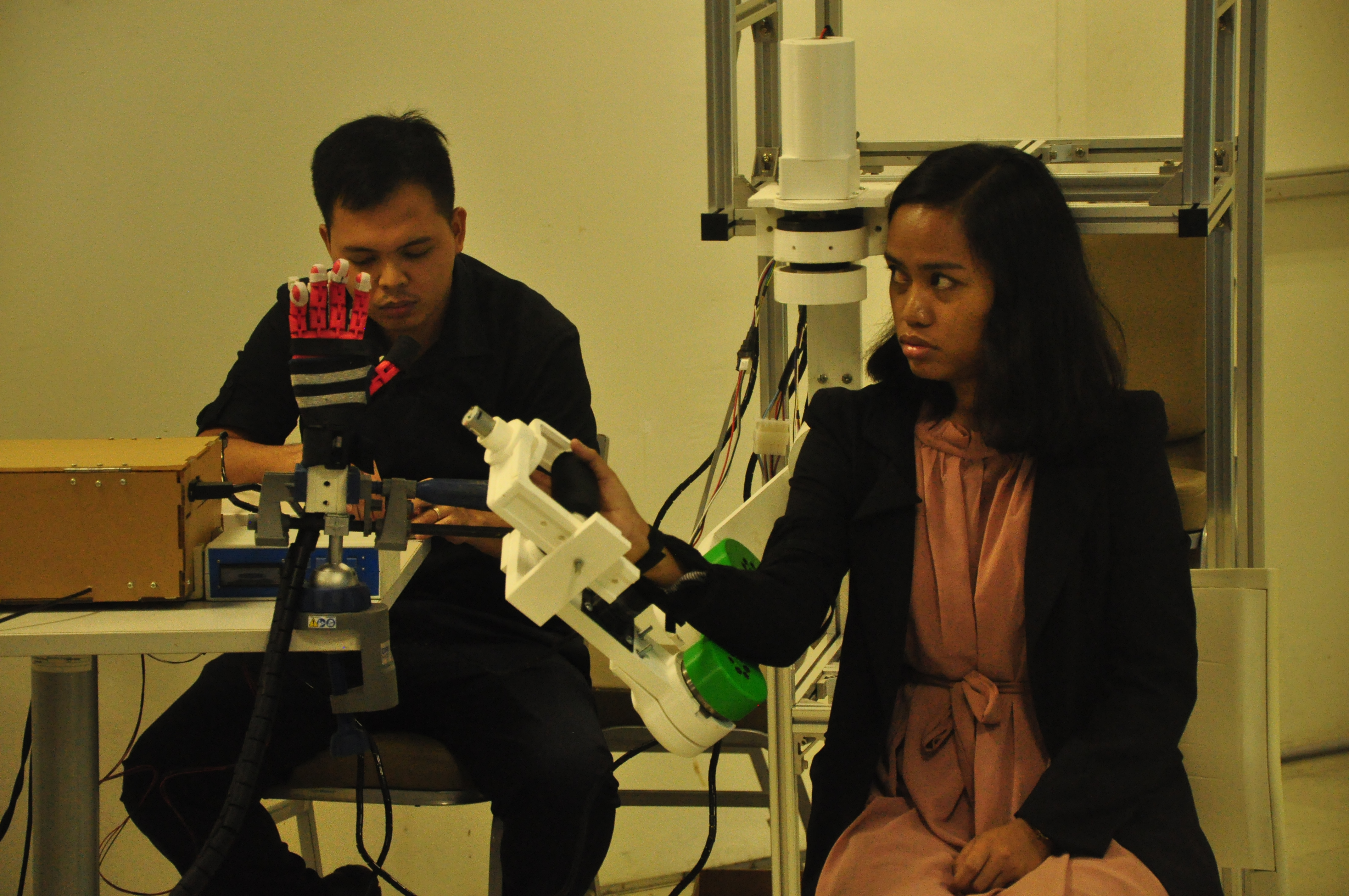
A demonstration of the prototype of Agapay. which aids in the rehabilitation of the upper extremities of the body. (Photo from Mr. Julius Banayo, Research Associate from DLSU-IBEHT).
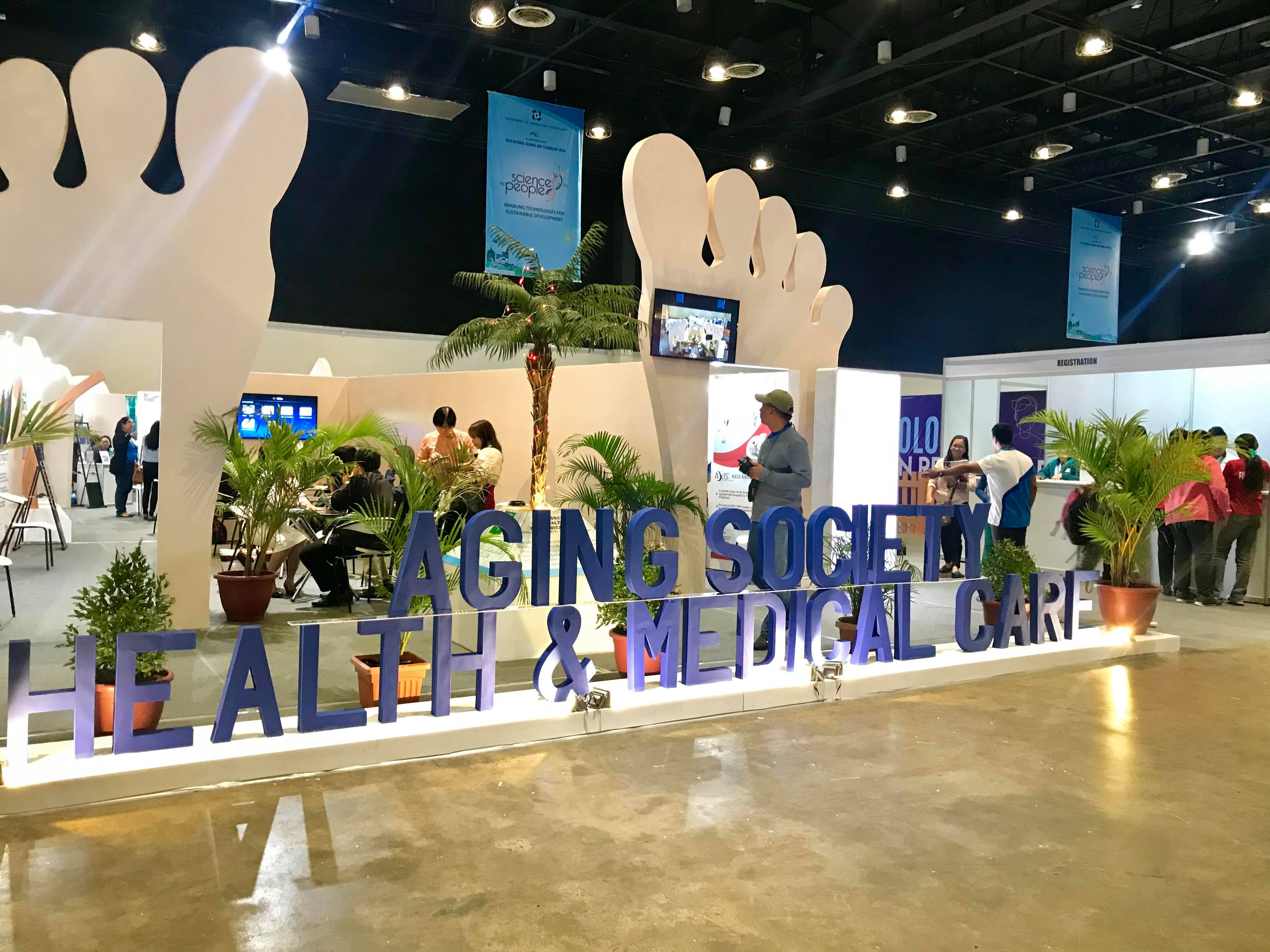
The Aging Society, Health and Medical Care cluster at the 2019 National Science and Technology Week. DOST-supported projects for physical therapy can be found here.

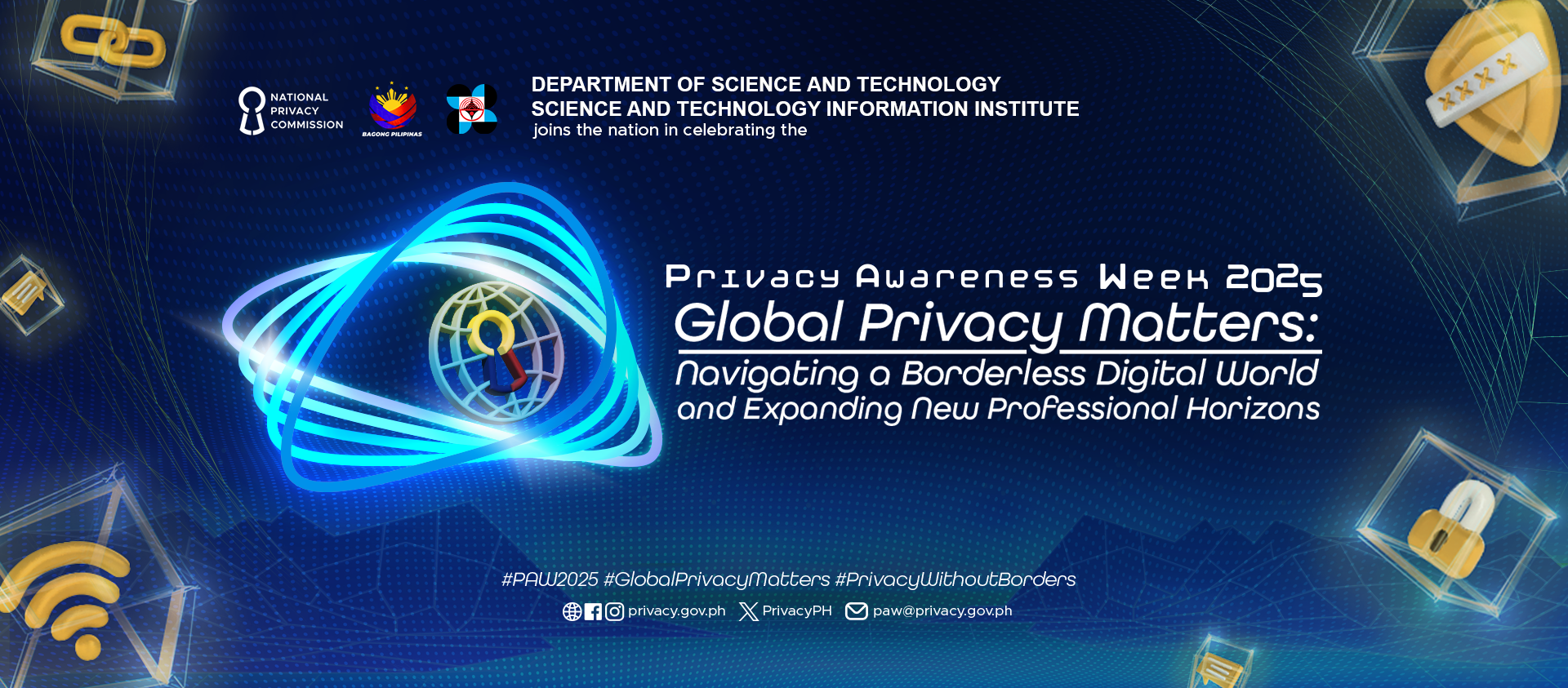
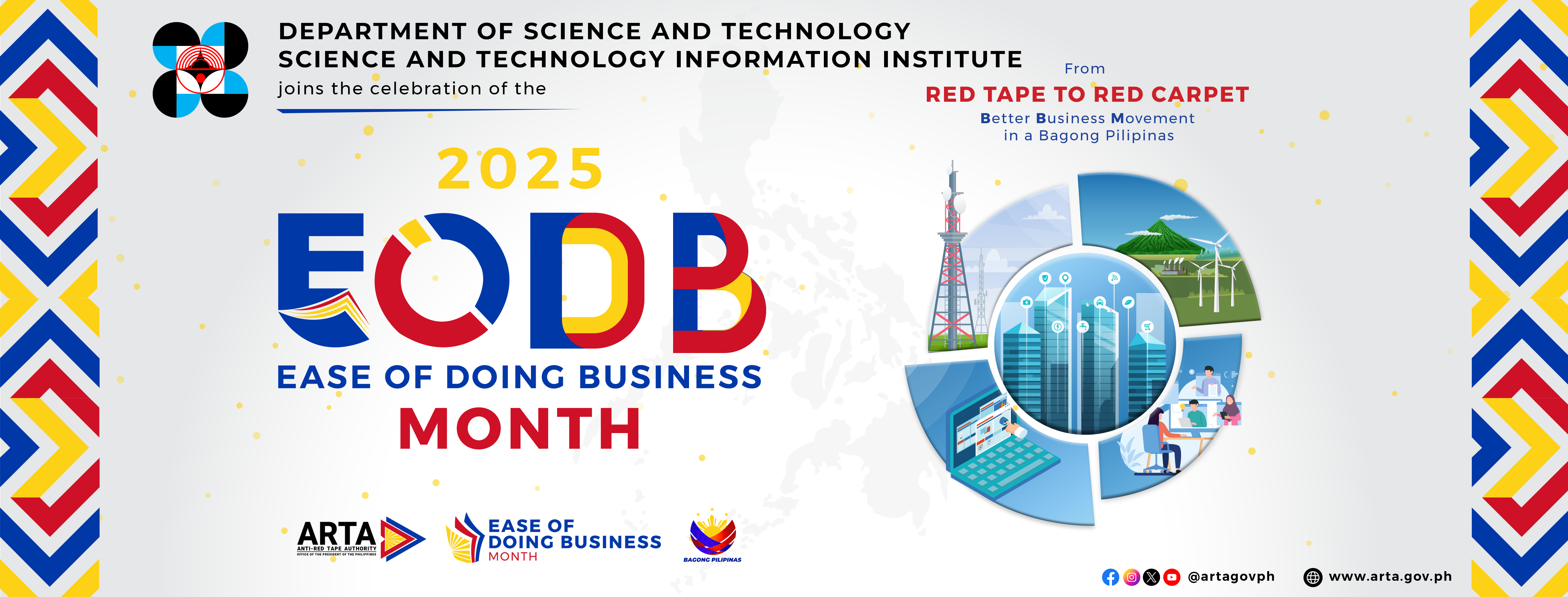
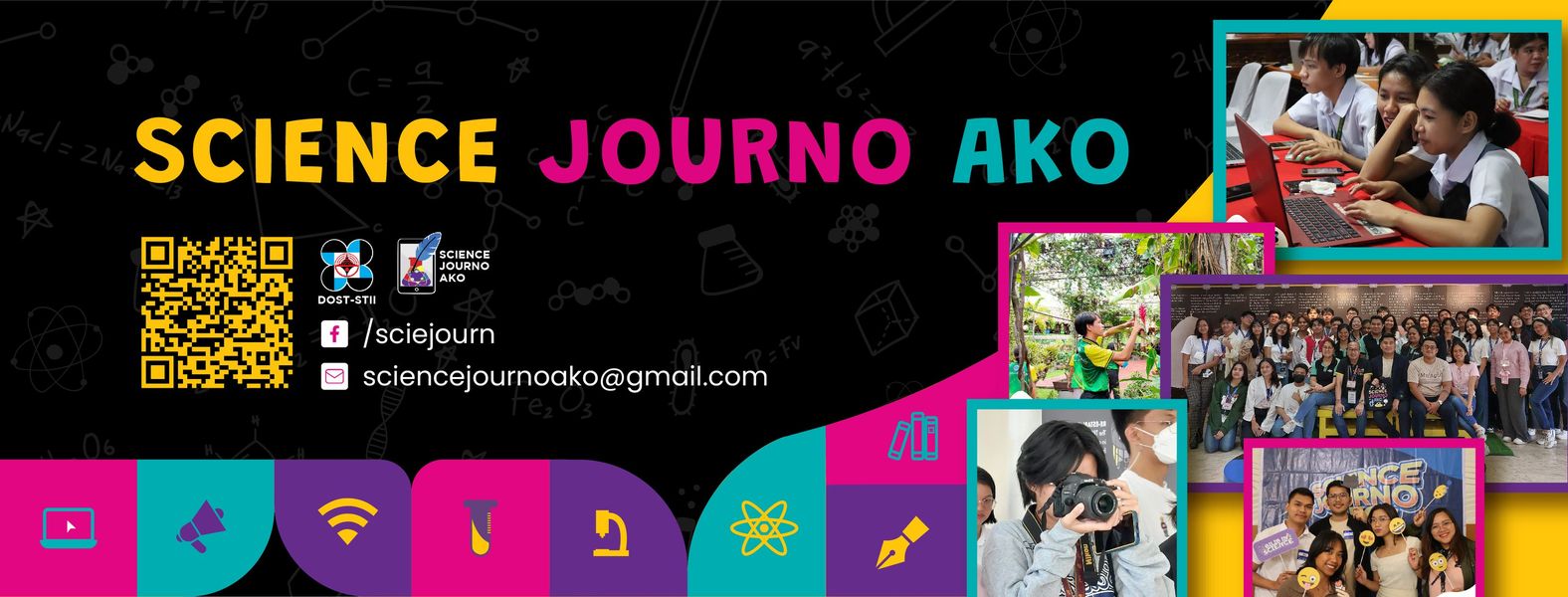

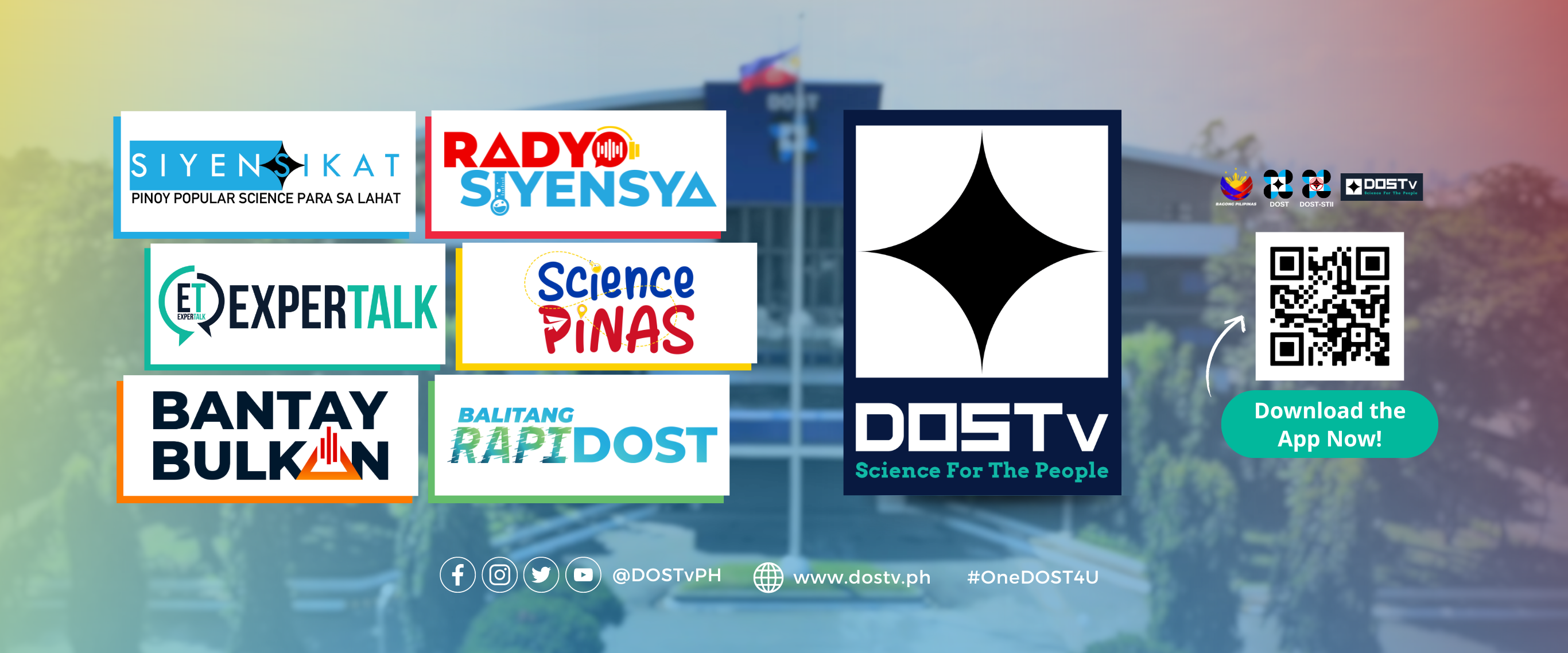

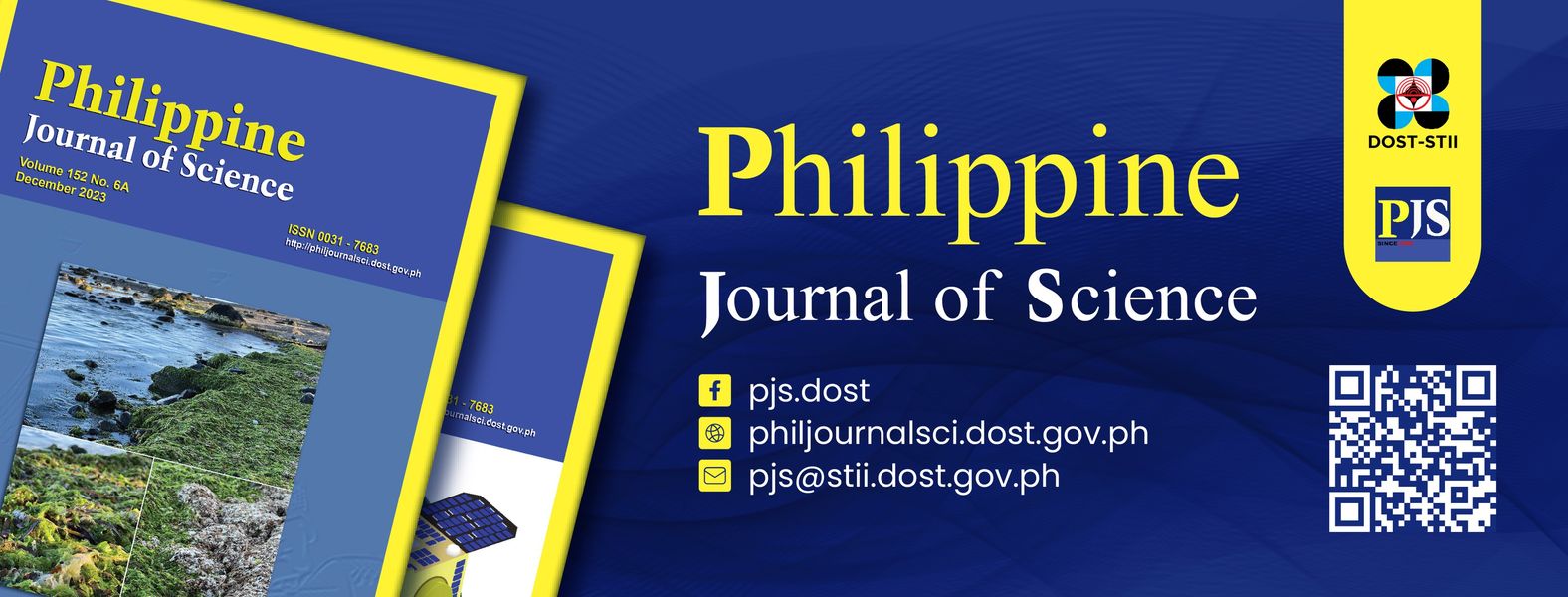










 21 in 2021 Technology Catalogue
21 in 2021 Technology Catalogue 21 in 2021 Technology Catalogue
21 in 2021 Technology Catalogue DOST Innovations - Web and Mobile Applications for Disaster Risk Reduction and Management
DOST Innovations - Web and Mobile Applications for Disaster Risk Reduction and Management